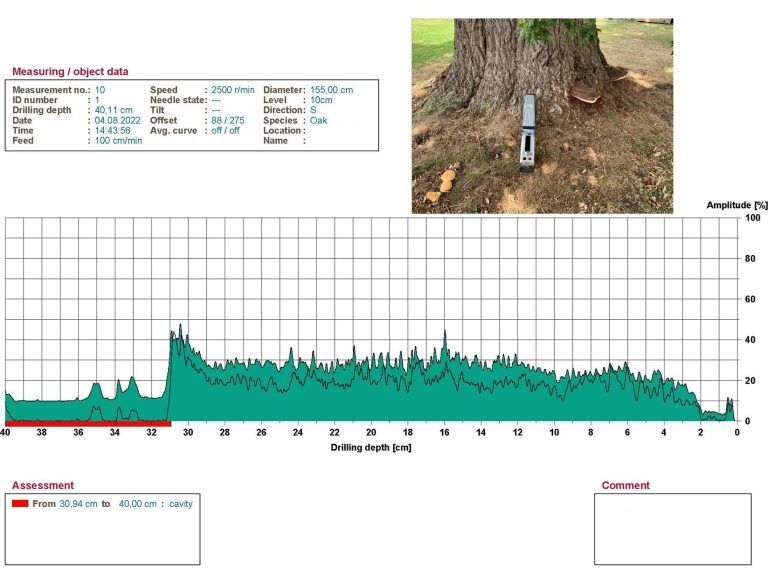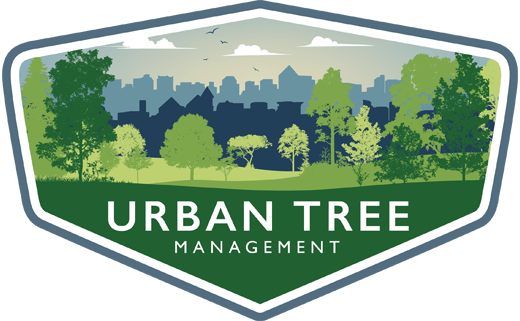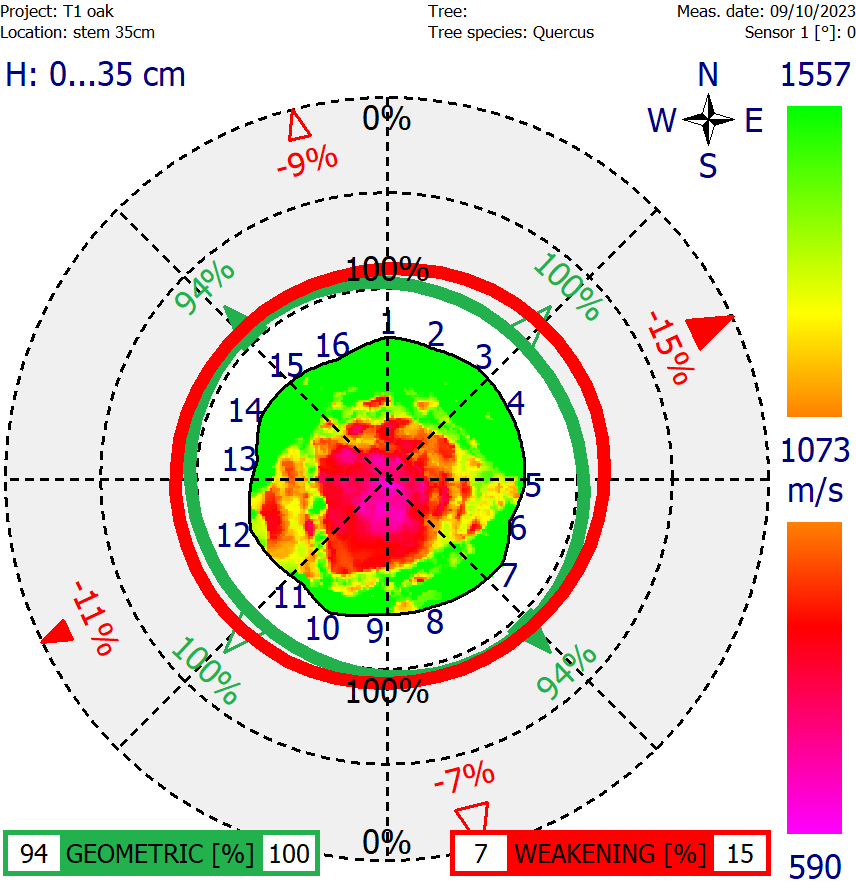Tree Decay Detection Using Resistograph Microdrill
Invasive decay detection
If your Local Authority, Tree Consultant, or Arborist has requested detailed information about the condition of your trees, we can help. We are equipped with cutting-edge technology to provide accurate and comprehensive resistograph assessments.
Free Consultation
Fill in the from below and we'll be in touch to discuss your tree-related project or issue.
TREE DIAGNOSTICS
What is Resistograph Decay Detection ?
Resistograph decay detection is a non-destructive method used to analyze the internal condition of a tree by measuring the resistance of wood to drilling. This process involves assessing both the amount of pushing force and rotating force required to penetrate the tree stem. Different types of decay affect wood in various ways, making it essential to perform both tests for a comprehensive understanding.
How Does Resistograph Work?
Analyzing Resistance:
- The Resistograph instrument drills a fine needle into the tree while measuring the resistance encountered.
- The instrument simultaneously measures the amount of pushing force needed to advance the needle and the rotating force necessary to keep it drilling.
Identifying Decay:
- As the needle drills through the tree, variations in resistance indicate differences in wood density. Healthy wood offers higher resistance, while decayed or hollow areas provide less resistance.
- Both resistance to drilling and the pushing force required are crucial metrics for identifying and differentiating decay types.

Benefits of Resistograph Detection
Accurate Measurement:
- The Resistograph provides precise measurements of how much structural integrity the tree's stem or branch has lost. This allows for accurate gauging of the wood's relative density.
Decision-Making Tool:
- By understanding the internal condition of your tree, we can make informed decisions about whether the tree can be safely retained or if tree surgery is necessary. This helps ensure both the health of the tree and the safety of its surroundings.
Supporting Planning Approvals:
- Detailed reports generated from Resistograph data can be furnished to local councils for planning approvals, providing them with essential information about the tree's condition.
Reporting and Analysis
Digital Readout:
- The Resistograph displays readings of the wood's resistance to drilling and the pushing force required on a digital screen.
- These readings can be exported as graphical images, forming a part of comprehensive reports.
Decay Localization:
- The instrument accurately identifies the exact location and type of decay within the wood.
- Over time, periodic assessments can be conducted to monitor the type and extent of decay progression.
Further Testing and Safety Considerations
Non-Destructive Follow-Up Tests:
- If fungal decay or rot is detected, further non-destructive tests can be performed to assess the extent of the damage.
- These assessments help determine if the tree might become unstable without intervention.
Preventing Legal Issues:
- Understanding the internal condition of your tree can help avoid potential legal actions by ensuring the tree does not pose a risk to people or nearby property.
- It also enhances overall safety by proactively managing and mitigating risks associated with decayed or structurally compromised trees.
We undertake assessments throughout the North West, Greater Manchester, Cheshire, Lancashire, Merseyside and nationally for various projects. Before we can head out to your site and conduct a assessment, we’ll need to ask you a few critical questions about your project.
Fill out our quick and easy online form so we can capture the most important project information and provide you with a free quote that includes everything you need to know.




